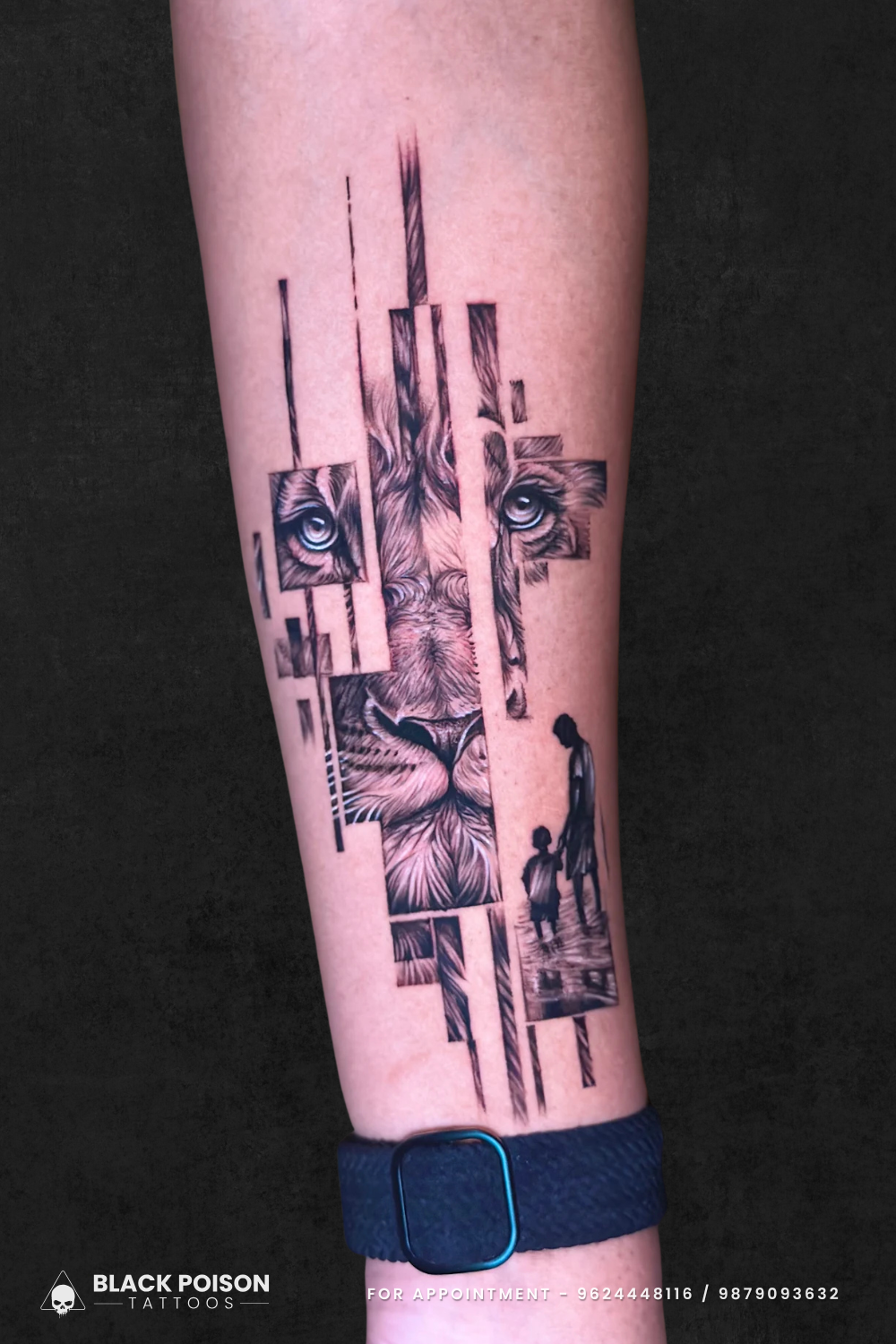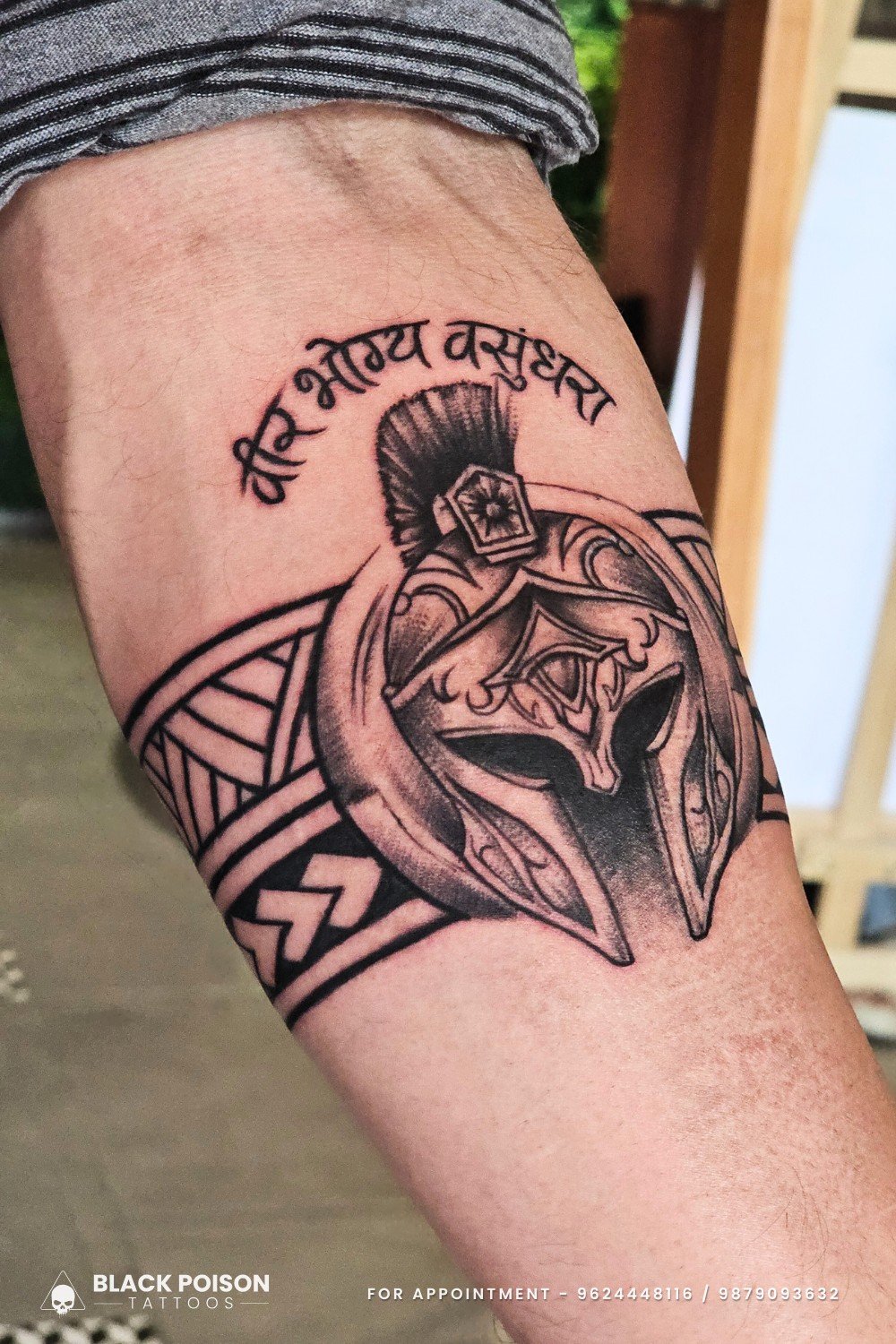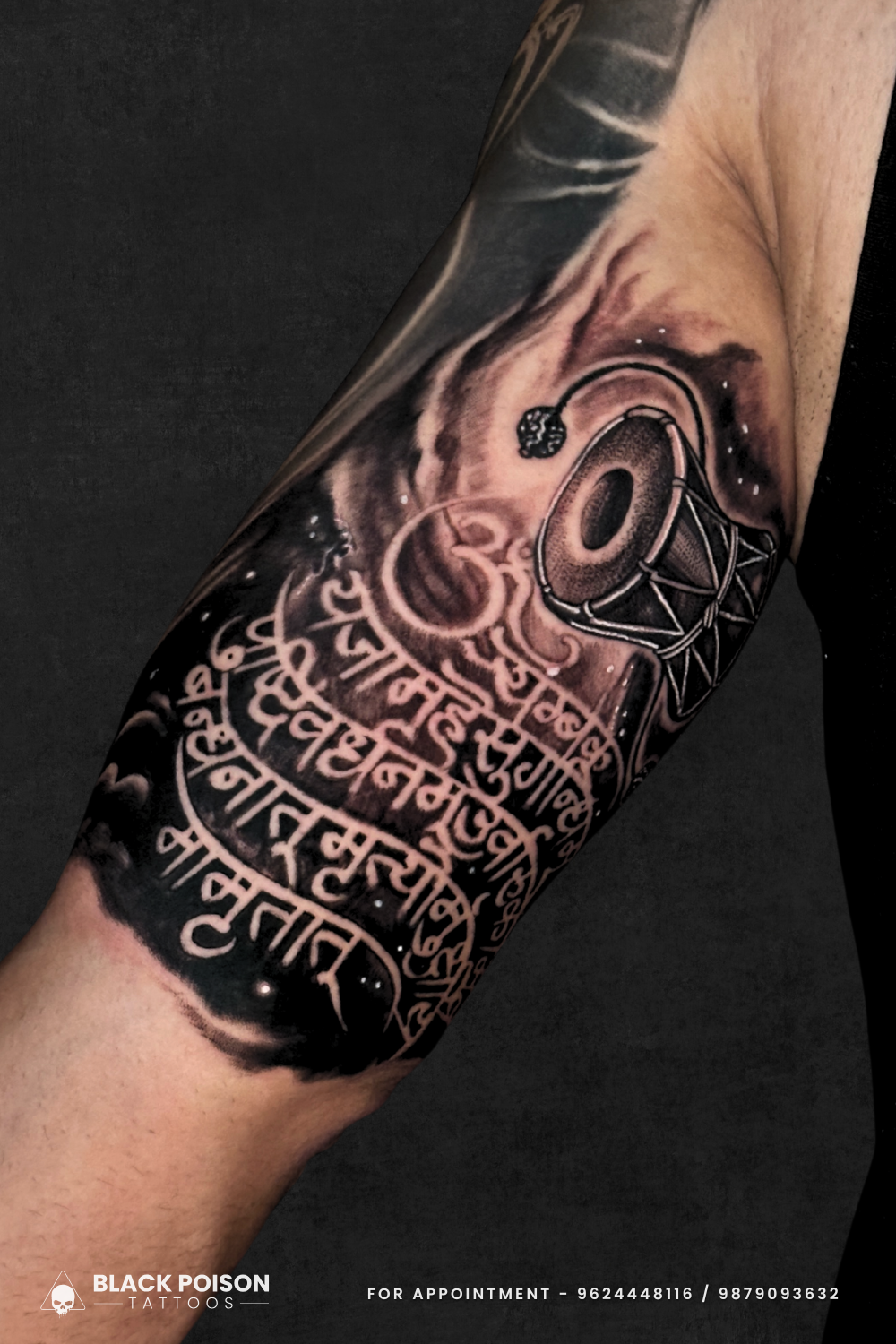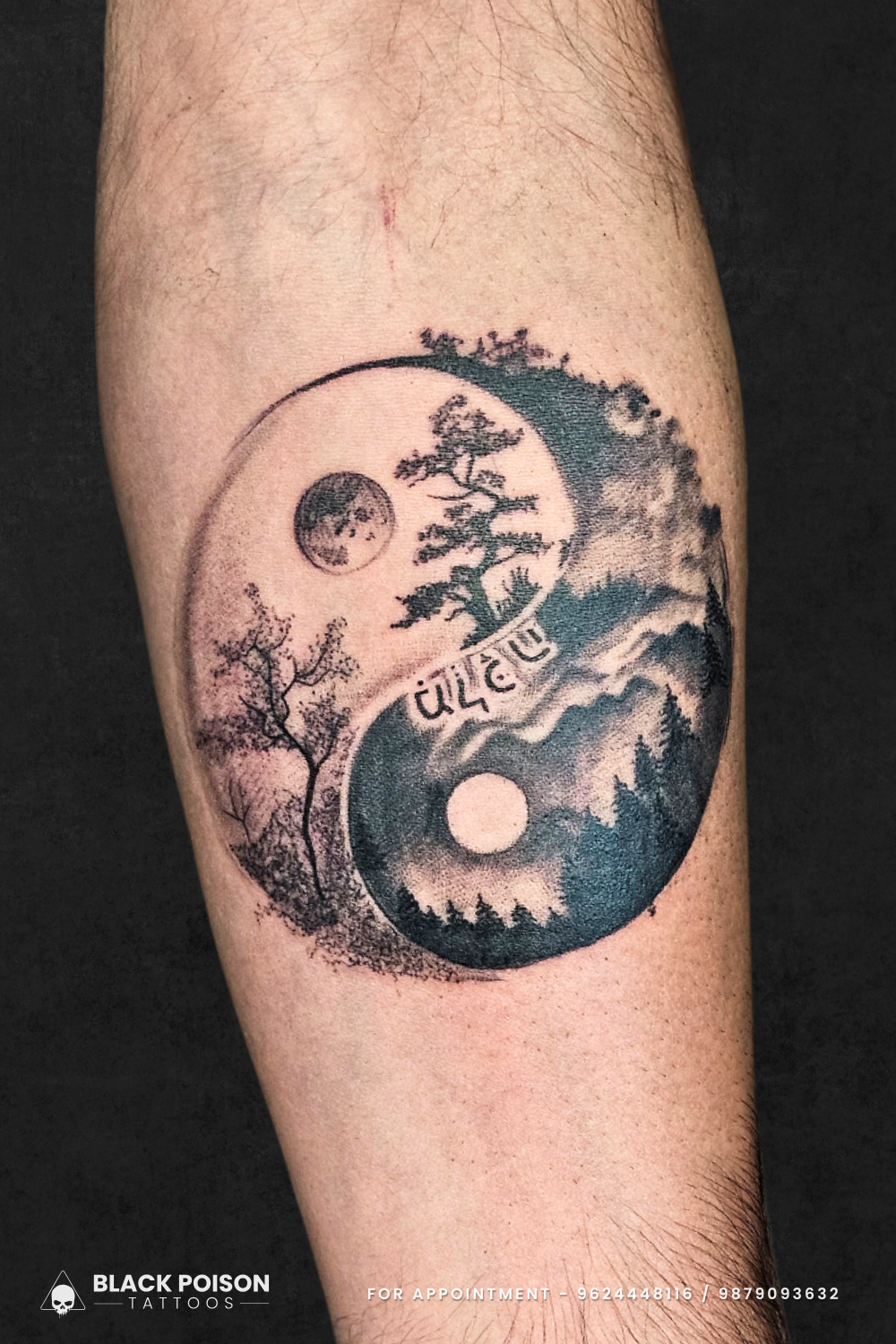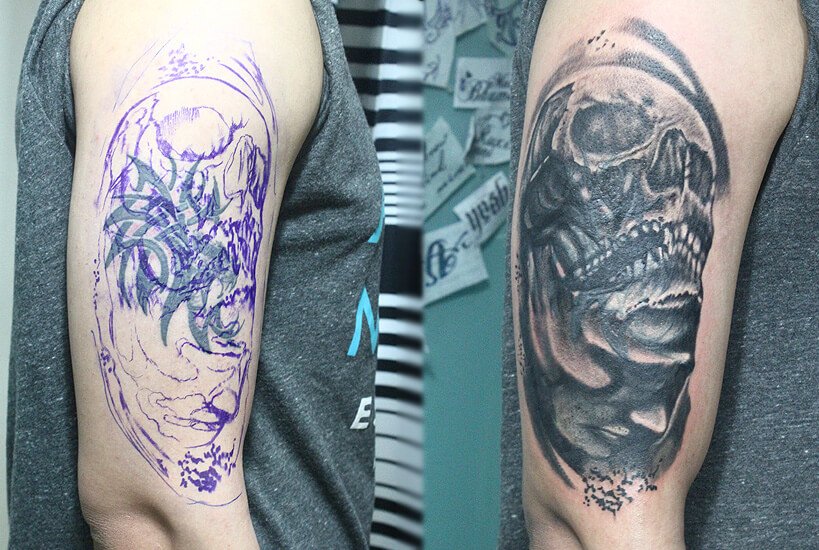
Tattoo Categories
Black Poison Tattoos have made more than 2,00,000+ Tattoos and these tattoos fall into different categories. We have expertise in almost all categories of tattooing. You can trust us for any type of design in any category. Below are some of the popular categories of tattooing nowadays.

